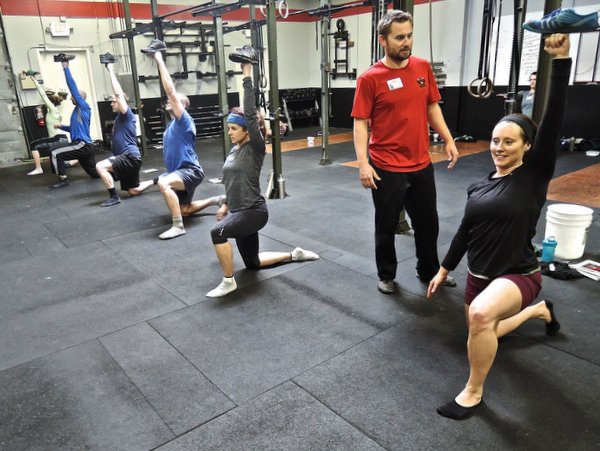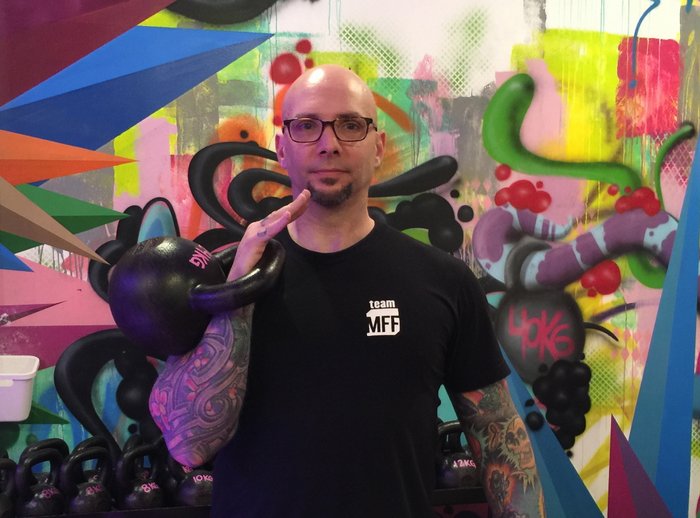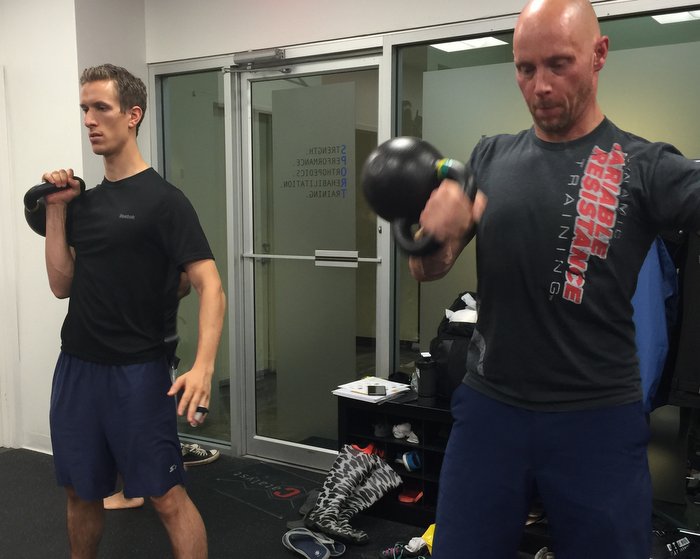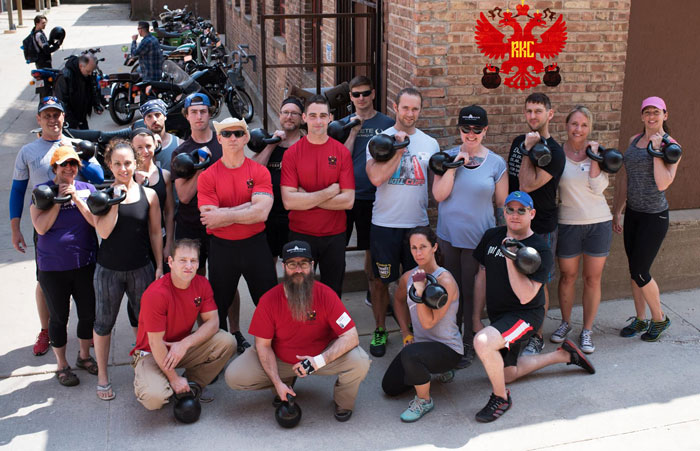
Adrienne: You recently hosted a second RKC at your gym in Milwaukee. What inspired you to host the RKC again?
Nick: We’ve had several HKC workshops at our gym as well. I think the RKC is the coolest, it’s the full package, and it’s good for everybody. At the recent workshop, the group included gym owners and professional athletes as well as “nine-to-fivers” who’ve never played a sport in their life! But, everyone can equally benefit.
The athletes signed up for the RKC to learn and enhance their performance in any future event—while often experiencing the hardest physical challenge of their lives! There’s a yin and yang to the RKC, you learn a ton while still experiencing a serious physical challenge in the process.
Adrienne: In your opinion, who should sign up for an RKC Workshop?
Nick: Anyone who is interested in improving themselves should sign up. At the recent RKC in Milwaukee we even had two people who signed up because they wanted to learn, even though they didn’t think they could pass the testing. A chiropractor who came to the RKC we hosted last year signed up again and fully retested, even though he didn’t need to recertify yet.
The RKC is great for anyone who wants to learn about kettlebell technique, functional strength training, and to see how hard they can safely push themselves. There’s a kind of safety net with the RKC—you’re pushing yourself to new limits while simultaneously correcting your movement patterns.
Essentially, you’ll spend three days finding everything dysfunctional about yourself and your students, then learn functional ways to fix and improve the issues. So anyone who is interested in learning how to replace dysfunction with function should go to an RKC Workshop.
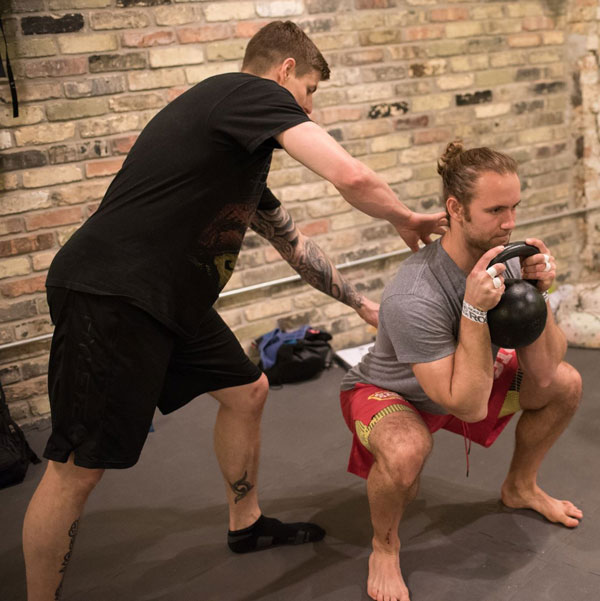
If I hand my beginner clients a kettlebell, the weight can anchor their joints so they can learn to wedge. A kettlebell can pull their hips back so that they can learn to hinge. Nearly everybody can get involved with kettlebells on a pretty equal playing field. I can easily teach a group of ten people kettlebell swings and watch as the professional athlete and beginner both improve.
Adrienne: That’s right—and with an appropriate weight for each, they can all practice the same basic movement patterns.
Nick: Yes and it’s kind of freaky how hard we can make kettlebell training—we’re not sure if it’s even possible to max out one’s potential. At the same time, kettlebell training can be regressed to beginner movements. We’ve even seen Prof. Stuart McGill, back surgeon Dr. Roth and Milwaukee RKC attendees Dr. Jon Duris and Dr. Christina Ronchetti trust the kettlebell with their patients. Kettlebells can work with a full spectrum of people and that’s why I think it’s important to host and be part of the RKC community.
Adrienne: The recent RKC workshop you hosted was taught by Master RKC Phil Ross. I had the pleasure of recertifying for my RKC-II with him last year. He brings so many useful cues from his experience in martial arts and as a highly experienced teacher. Did you learn anything particularly unique from Phil this time?
Nick: Absolutely! I liked a lot of the old school stuff that he taught. He went over a lot of really applicable and functional drills with kettlebells—things that people can start using in their own training and with their clients immediately. I had forgotten about some of the ideas and also learned some cool new ways to use kettlebells.
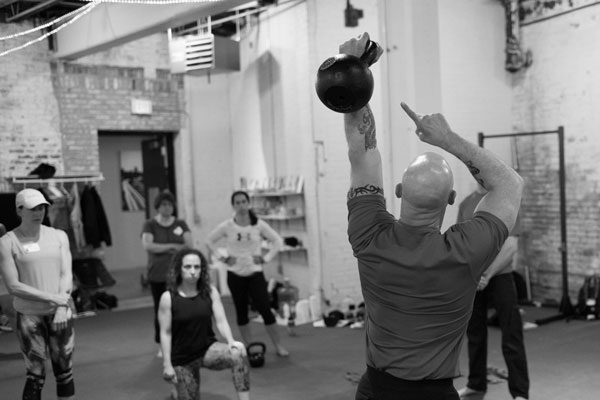
He brought so much to the table—I think it came from so many years of actively working in the fitness industry and his experience as a fighter. He’d also experienced debilitating injuries in the past, has healed and worked himself out of it. I think that experience has lead to a whole lot of learning.
Adrienne: Even though you’re an RKC-II and a Team Leader, did you learn anything completely new at the recent RKC Workshop you hosted?
Nick: We went over some RKC armbar variations I hadn’t done before. Phil had everyone moving quickly in them, but with the number one safety rule: maintaining the wedge. We started on our backs with both legs still straight with heels flexed to get ready to move into the arm bar position. We were to keep the toe pointing towards our faces the whole time on the foot on the same side as the kettlebell. That leg then raises up and all the way across the body. Every time that leg moves though, your shoulders are packed, you’re pressing your lower back into the ground—and the same is true when you come out of it too.
Personally, as someone born with a congenital spinal defect (and I’ve avoided surgery) I’m cautious but open-minded about ways to safely strengthen my core. After that exercise, I felt like my whole body was put together really well. Normally twisting exercises with weight seem like we’re begging for injury, but because of the emphasis on the wedge and tension—even while moving quickly with it—everyone agreed they felt really good afterwards. I get something new every time!
****
Video and Photography by NickNikPhotography
RKC Team Leader Nick Lynch is a Strength and Conditioning Coach at Milwaukee School of Engineering University (MSOE). He owns Superb Health Milwaukee, a kettlebell studio in Milwaukee, WI. He has 13 years of full-time training and coaching experience and a lifetime of wellness education. Nick lives in Milwaukee, WI with his wife Natalie and son Weston.
Adrienne Harvey is a Senior PCC, RKC-II, DVRT, CK-FMS, and author of the upcoming Dragon Door title, Eat Strong, Lift Strong, Move Strong: Proven Secrets for Strength, Power and Robust Energy. She has been RKC Certified since 2010, RKC Level 2 certified since 2011, and a core member of the PCC team. Adrienne loves sharing her knowledge with small groups and individuals.
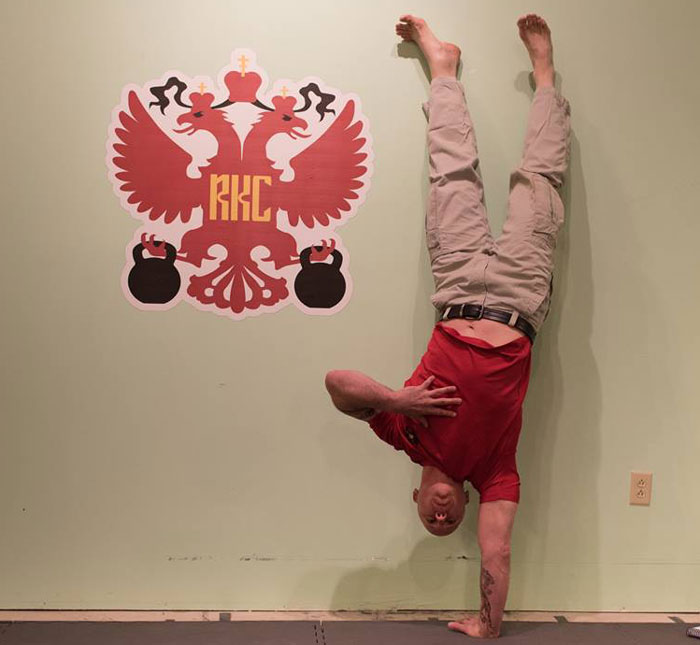
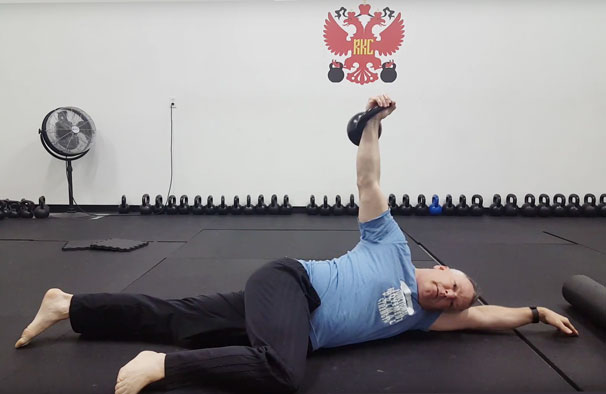
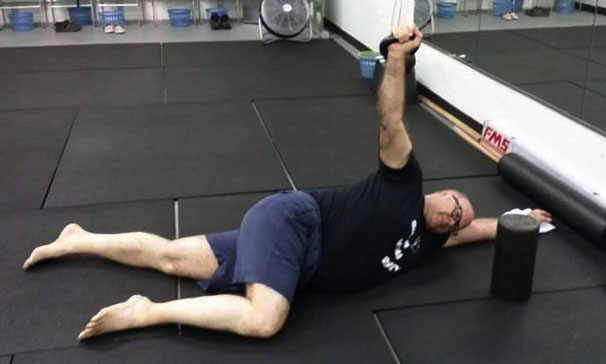
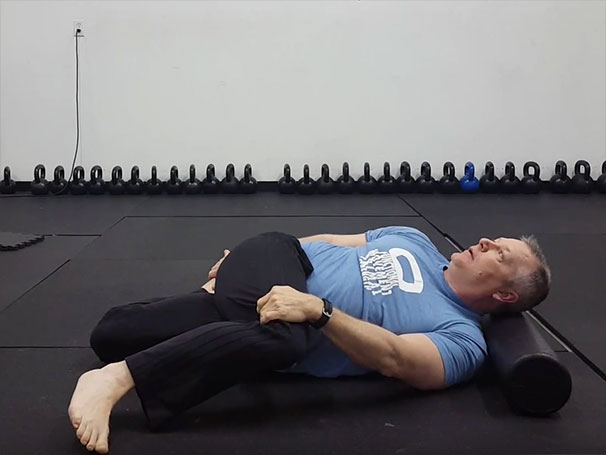
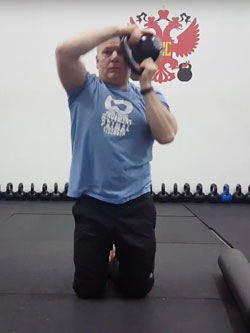
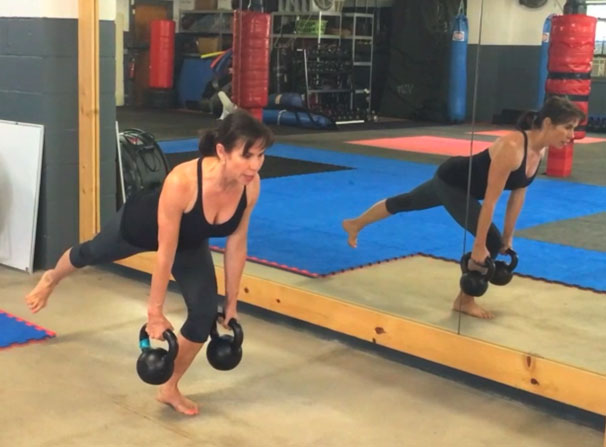
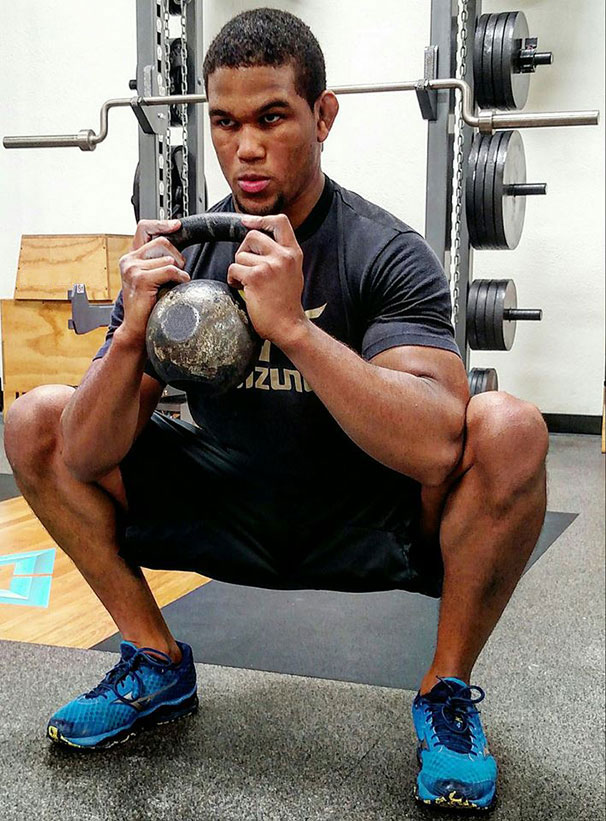
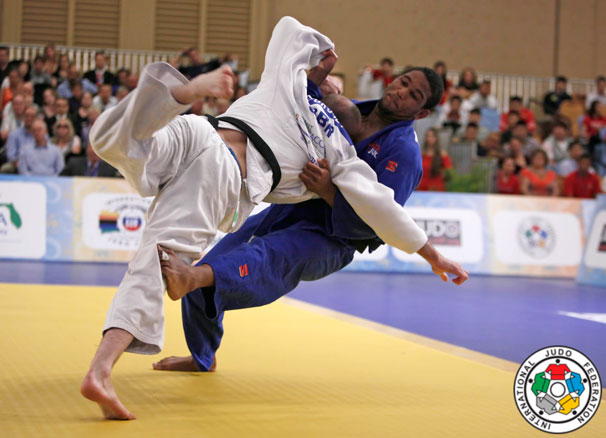
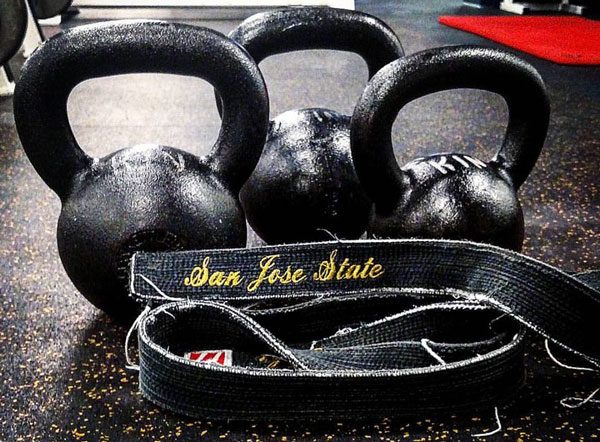
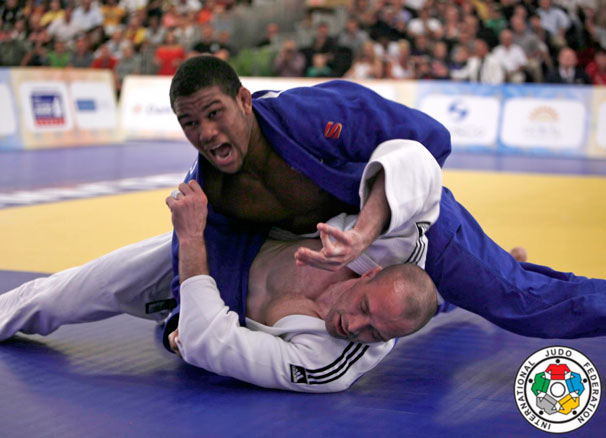
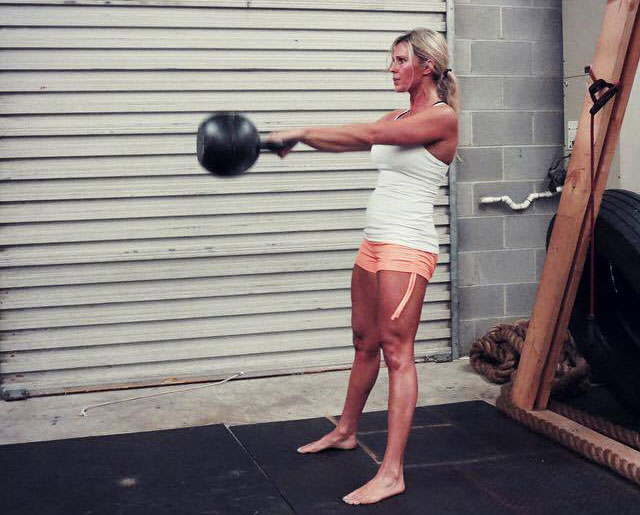
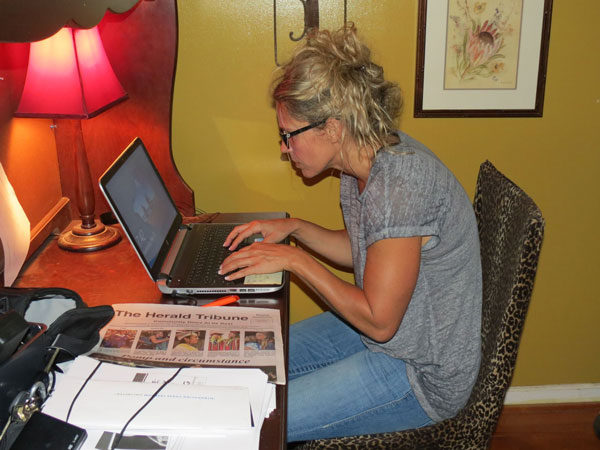
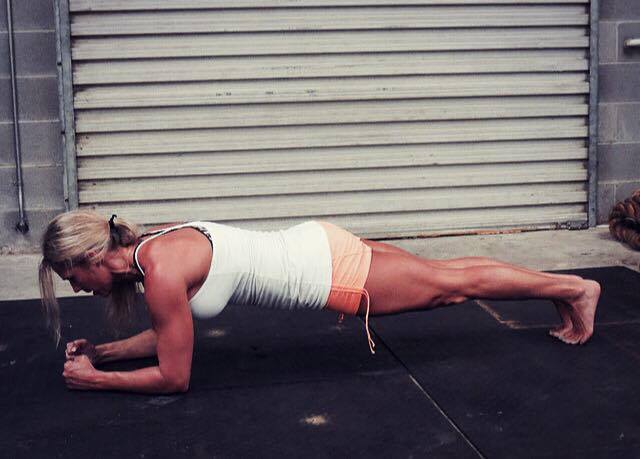
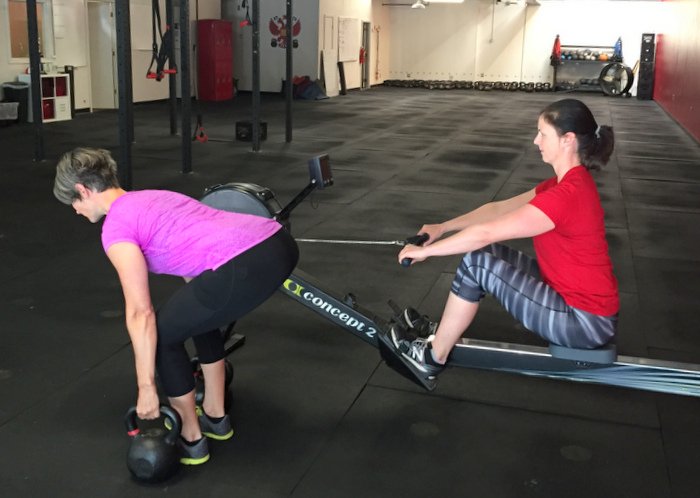
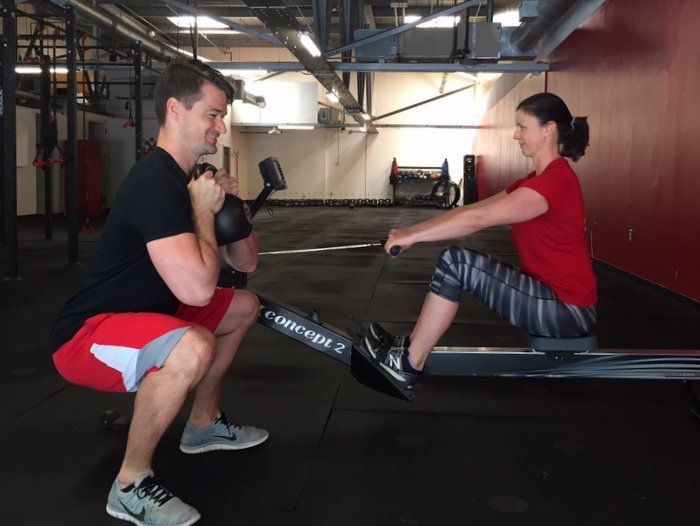
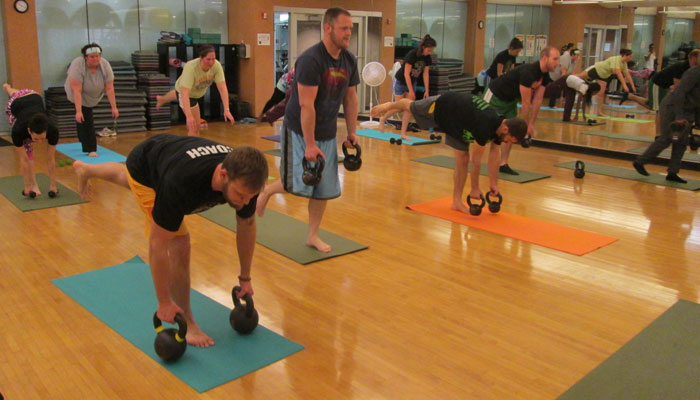
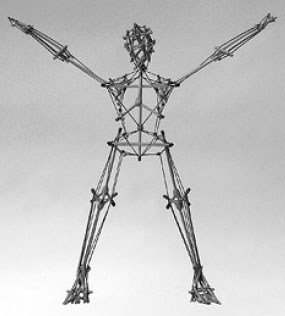
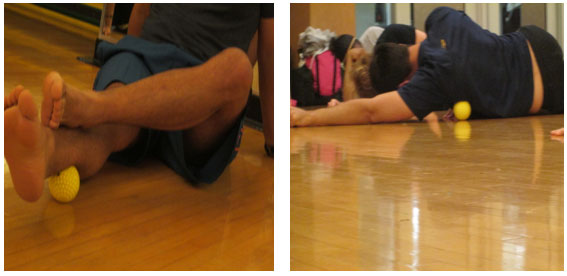 When using many of the
When using many of the 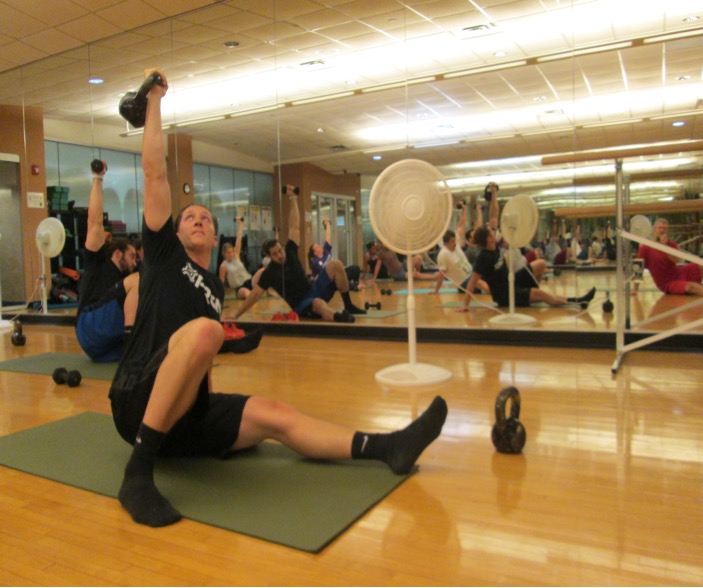
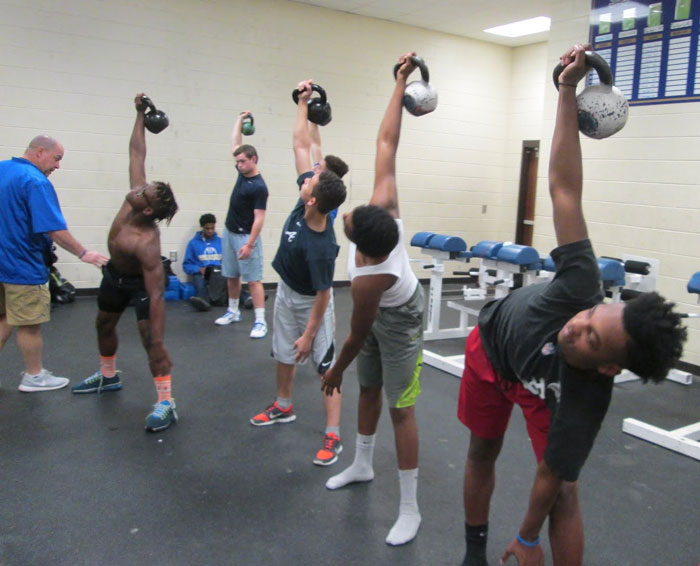
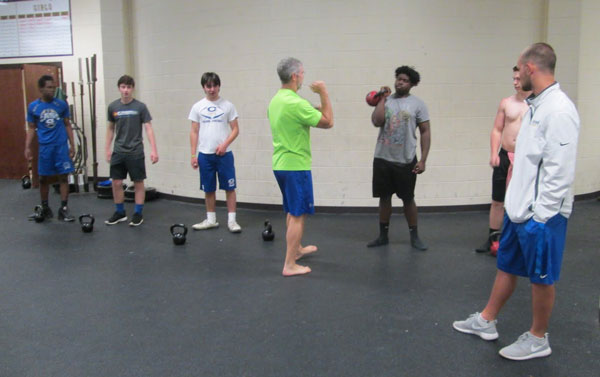
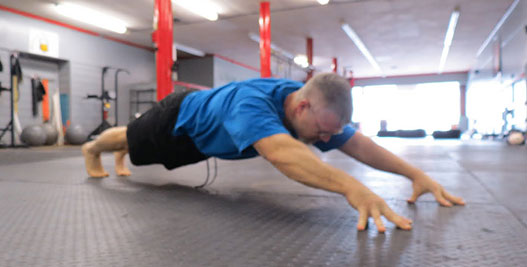
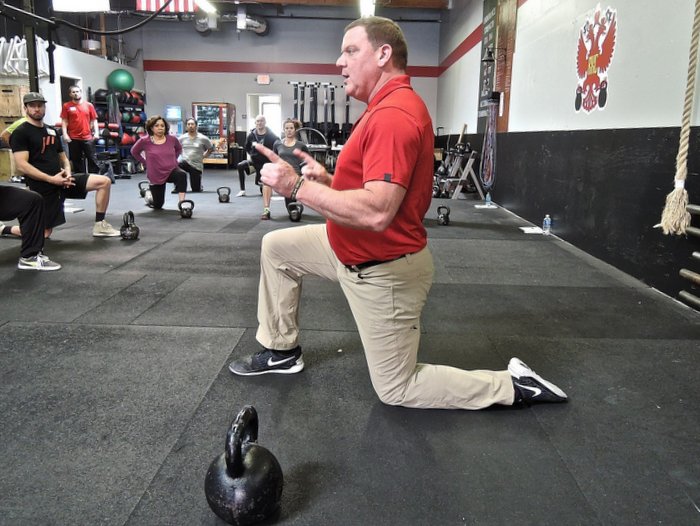
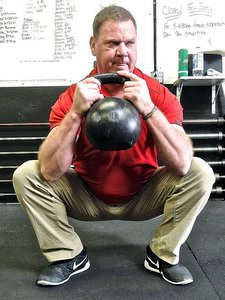
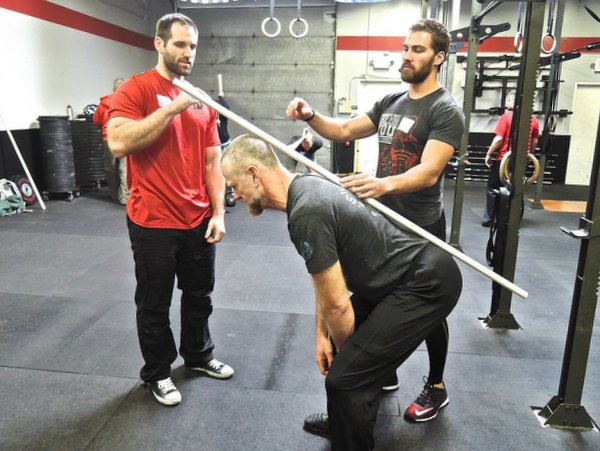
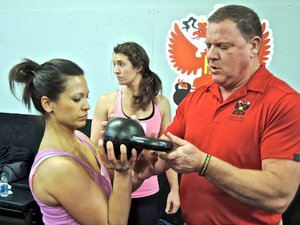 Recertifying will get eyes on you again. Recertifying for $500 means three days of expert teaching and evaluation from at least three people, if not many, many more. This is a bargain compared to hiring a personal trainer.
Recertifying will get eyes on you again. Recertifying for $500 means three days of expert teaching and evaluation from at least three people, if not many, many more. This is a bargain compared to hiring a personal trainer.